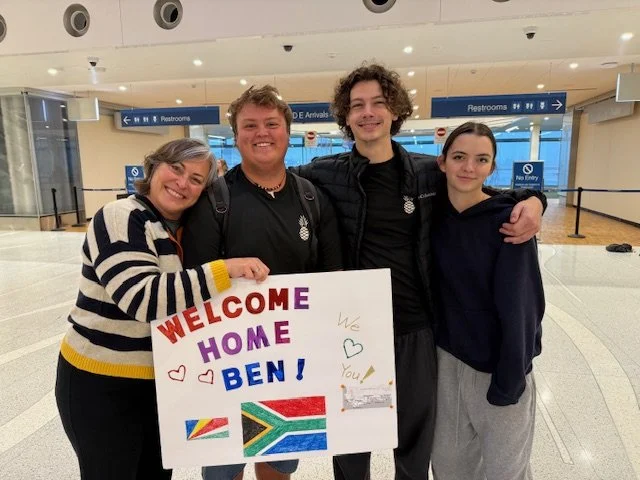
Welcome Home!
Dear Parents of Returning Gap Year Kids,
What a wonderful moment. Your kiddo is home—full of stories, a little older, a little wiser, and probably more exhausted than you’ve ever seen them. Truly, they’re going to need sleep. Lots of it. Let them hibernate for a few days. Keep the social plans light and let them settle into the safety of their own bed.

It’s Gap Year Fair Time Again!
The annual USA Gap Year Fair schedule kicked off recently in Philadelphia. Produced in partnership with Go Overseas, the 2025 schedule includes stops in twenty cities along with three virtual events.

What’s it really like to send your kid off on a gap year? (Podcast)
In this episode of The Gap Year Podcast, Canadian Gap Year Association’s Michelle Dittmer talks to gap year parent, Stacey Earlywine about the joys and challenges of sending off kids on a gap year. They also discuss working with a gap year consultant—ME!

Didn’t get Your First Choice? Here’s What to do
Sometimes we don’t get our first choice. Here’s how to navigate selecting a second option, and do what’s best for you.

Taking a Gap Year This Fall? Here are 5 Things to Think About
There are lots of things to think about before you take a gap year. If you’re leaving this fall, here’s a list of five things to get started.

5 Tips for Getting the Most Out of a Gap Year Fair
We are back at it this New Year with Gap Year Fairs. The circuit runs from early January to late February, and crisscrosses the country, stopping in over 40 cities.

Anniversary Reflections
Happy birthday to me! It is exciting to celebrate the one-year anniversary of The Intentional Gap. Reflecting on this past year, here are my top 5 take-aways…

America’s New Trend: Taking a Gap Year
Gap years have long been popular in Europe and Australia. Now, a small but growing group of U.S. teens and their parents are jumping aboard the gap year trend.

Preparing for College with a Gap Year
While many students head directly to college after graduating from high school, a smaller cohort chooses an alternative: a gap year.
What may have previously been seen as an unconventional path has become more accepted in recent years, particularly since the COVID-19 pandemic.
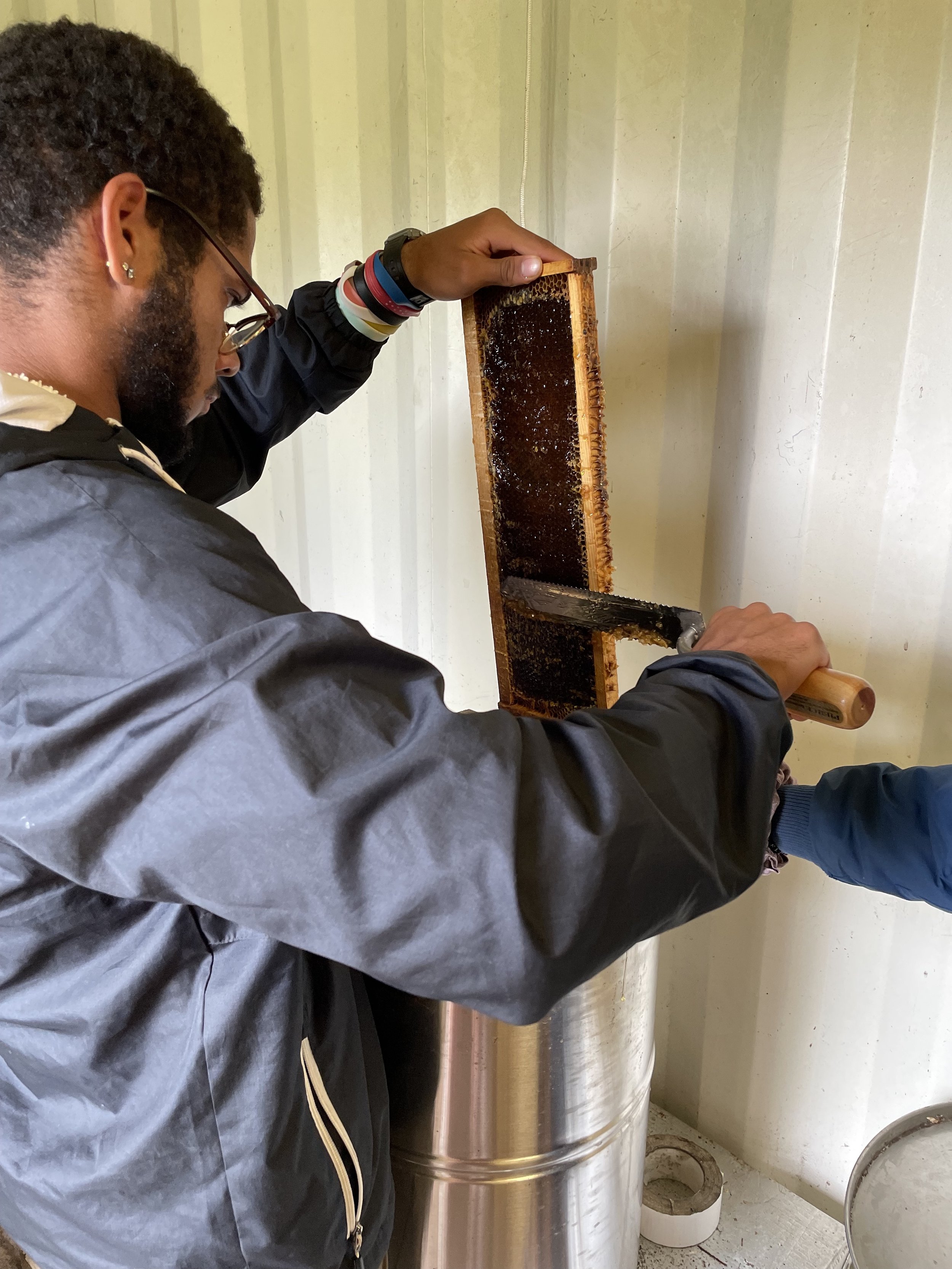
Program Spotlight: Farming on Maui
The variety in gap year opportunities can be overwhelming. On a recent trip to Maui, Hawaii that included two site visits, I had the opportunity to see two very different programs in action. Both programs were located on farms in the hills leading up to Haleakala volcano.

Gap Year Fairs are Over; Now What?
The USA Gap Year Fairs, hosted by Go Overseas, have wrapped up their in-person events, and what fantastic events they were! Visiting over 30 cities in just over six weeks, the Gap Year Fairs from coast to coast were jam packed with valuable information from gap year program providers, students and consultants.

Gap Year Fairs Are Back!
The annual USA Gap Year Fair schedule kicked off recently in Chicago with a return to in-person events.
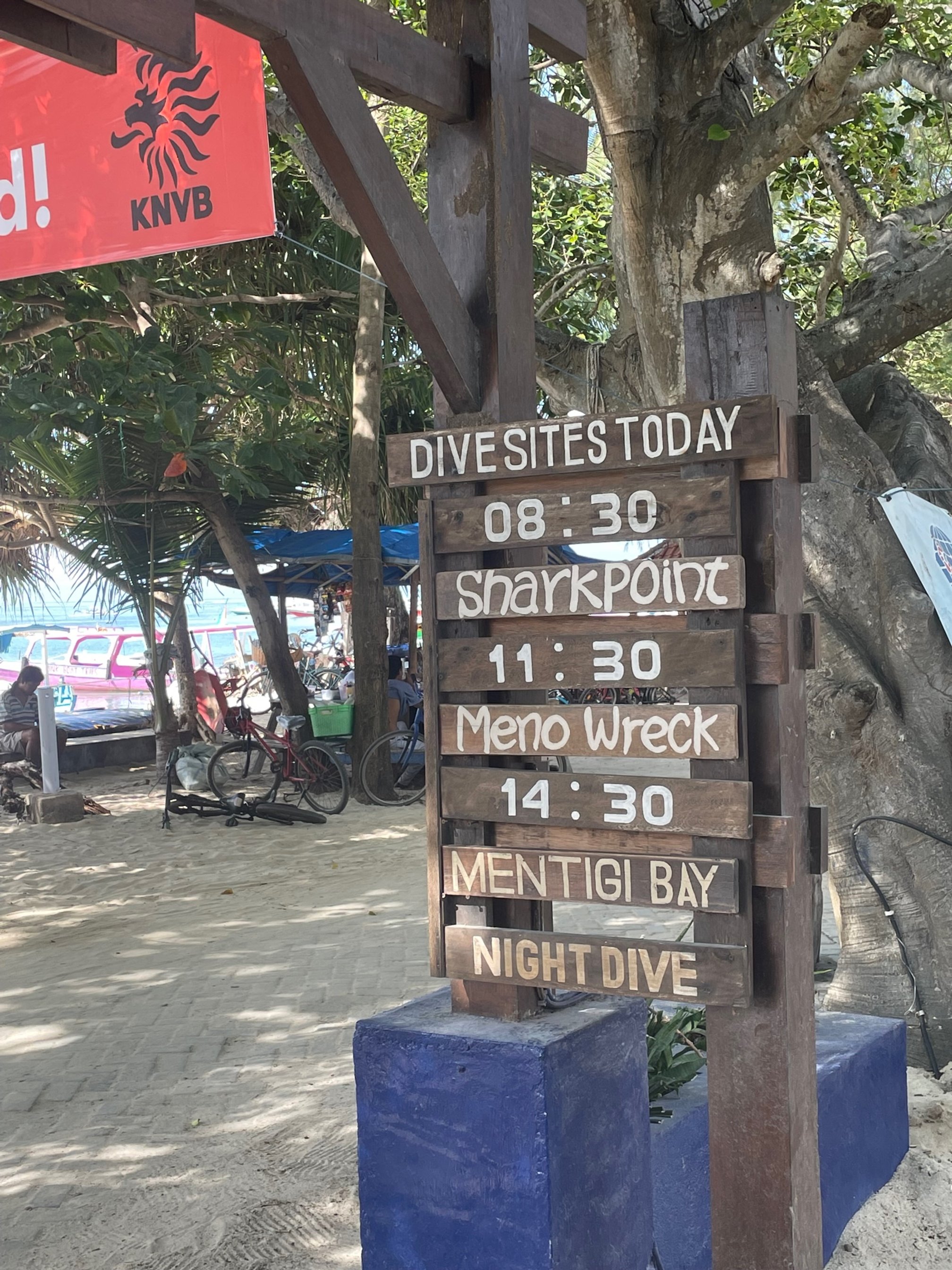
Program Spotlight: SCUBA, Sharks, Beaches & Turtles
Last month, I had the honor of visiting the Gili Shark Conservation group on the beautiful island of Gili Air, Indonesia. Although Gili Air is definitely not the easiest place to access, its remote location makes it an absolutely incredible spot for a gap year experience in marine biology and conservation.

The 10 Best Gap Year Destinations for 2023
Are you looking to take a meaningful gap year abroad? Here are the best destinations for 2023 to gain knowledge, and skills, further your career, and even learn a new language!
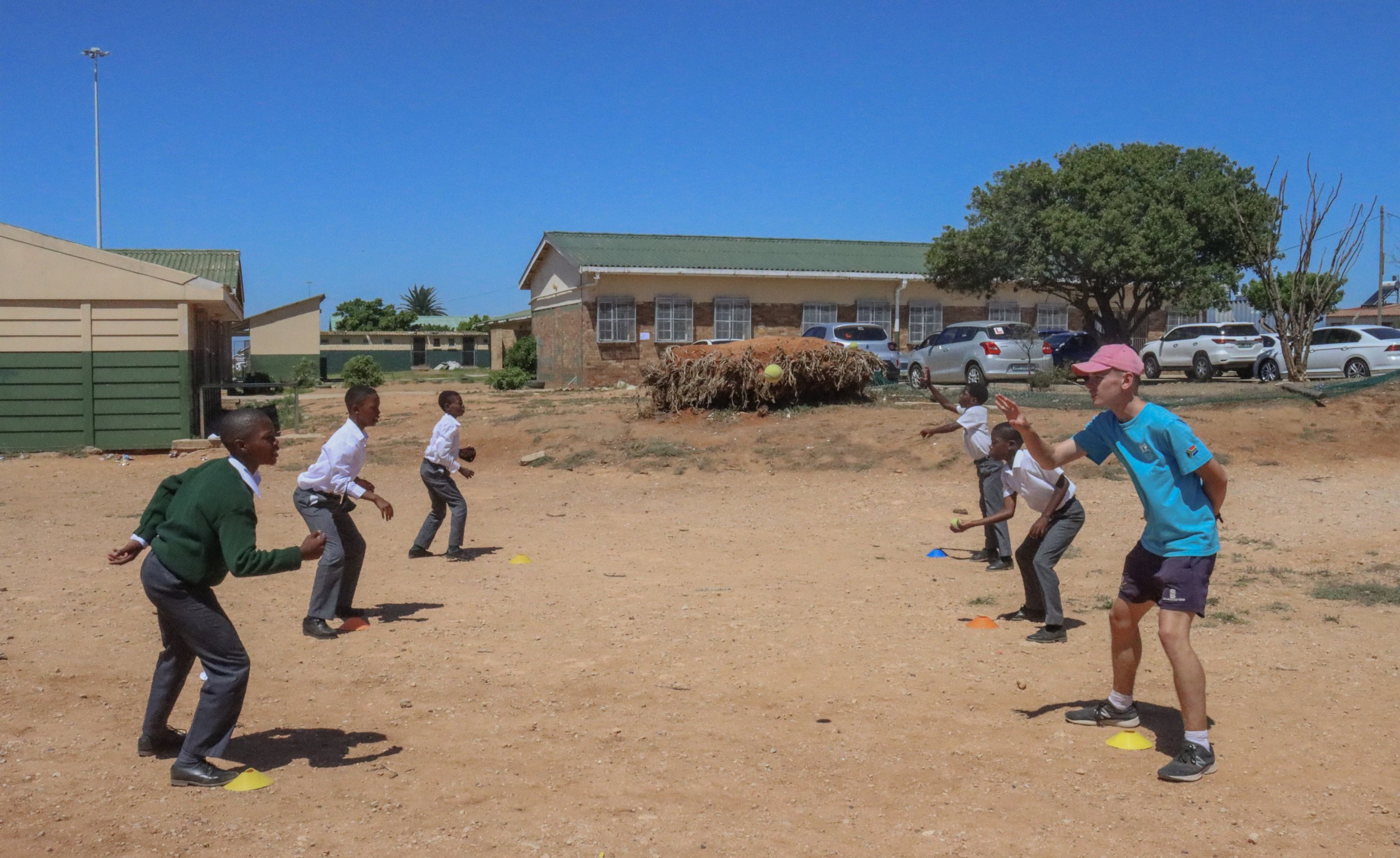
What Is A Gap Year And Should You Take One?
If you’re graduating from high school this year but don’t feel like now is the right time to start college, you’re part of a growing trend. The Higher Education Research Institute reported that approximately 3% of all high school graduates take a year off from school before attending college, based on a 2018 survey.
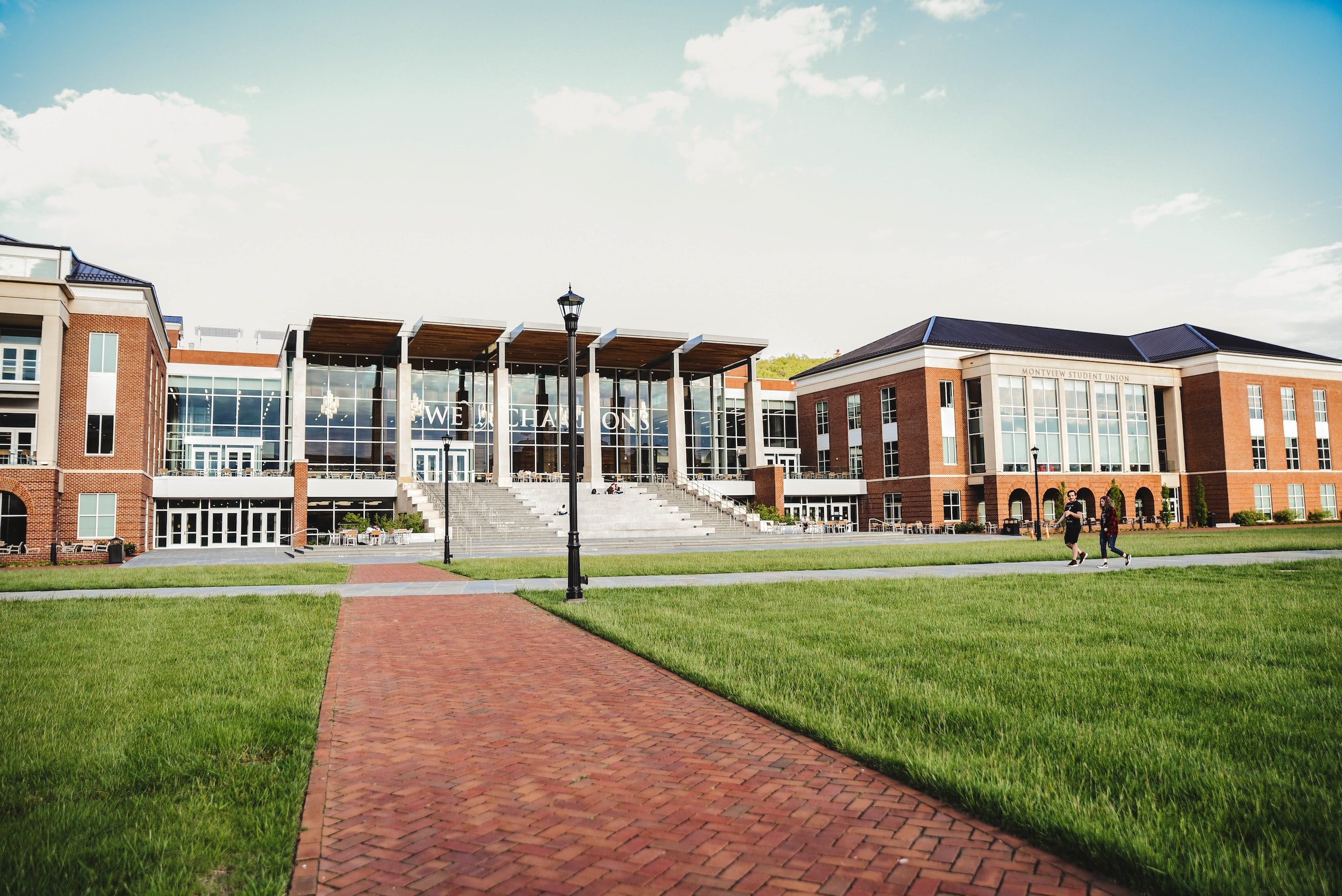
Top 35 Colleges That Support A Gap Year
Thinking about gap year programs after high school? What used to be considered a luxury – a whole year off to “find yourself” or “see the world”? – is becoming more and more common, especially as students begin to question whether college is really worth it for them.

